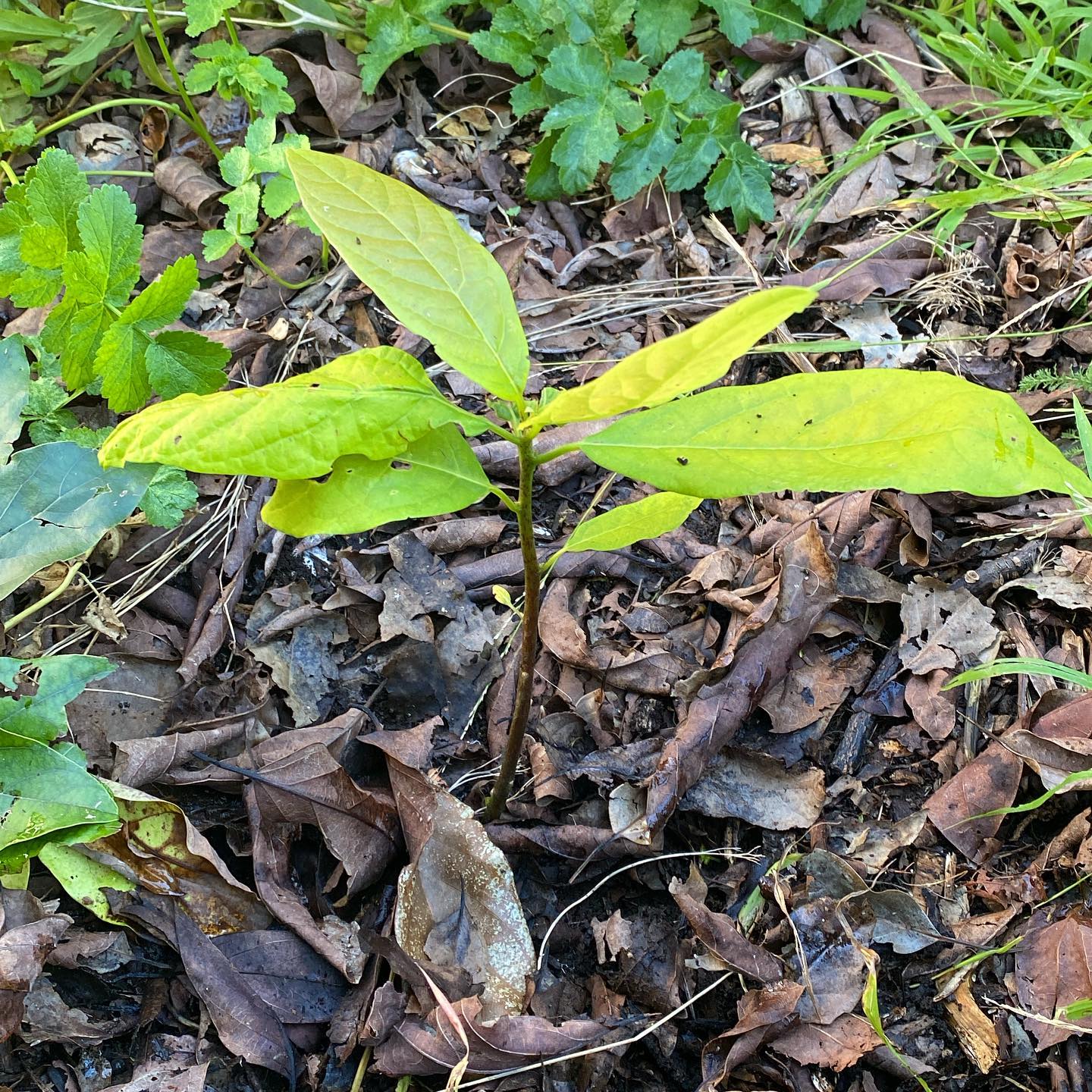In the hustle and bustle of urban living, the concept of an urban food forest offers a breath of fresh air – quite literally. Imagine stepping out into your backyard and being greeted by a lush, diverse ecosystem that provides not only food, but also promotes sustainability and biodiversity. Contrary to popular belief, you don’t need a sprawling estate to cultivate a food forest. With careful planning and creative design, you can incorporate an urban food forest into even the smallest residential yard. In this article, we’ll guide you through the steps to turn your backyard into a thriving edible oasis.
Step 1: Assess Your Space:
Begin by evaluating your yard’s available space, light exposure, and soil quality. Take note of any existing trees, shrubs, or structures that could impact your food forest layout. Consider factors like wind patterns and microclimates within your yard, which can influence the growth of different plants.
Step 2: Design with Layers:
One of the key principles of a food forest is its layered design, which mimics the structure of a natural forest. Divide your yard into vertical layers:
– Canopy Layer: Choose a few fruit trees as the canopy layer. Opt for dwarf or semi-dwarf varieties if space is limited.
– Understory Layer: Plant smaller fruit trees, berry bushes, and shrubs that thrive in partial shade.
– Shrub Layer: Include perennial herbs, shrubs, and berry-bearing plants. These can provide food, attract pollinators, and serve as natural pest repellents.
– Ground Cover Layer: Utilise ground-cover plants like strawberries, mint, or thyme to protect the soil, reduce erosion, and provide additional edibles.
– Root Layer: Edible root vegetables such as carrots, radishes, and sweet potatoes can be integrated among other layers.
Step 3: Choose Suitable Plants: Select a mix of native, drought-resistant, and fruit-bearing plants that thrive in your climate. Opt for disease-resistant varieties to minimise maintenance efforts. Consider intercropping, where compatible plants are grown together to optimise space and resources.
Step 4: Soil Enrichment:
Healthy soil is the foundation of any successful food forest. Conduct a soil test to determine its composition and pH level. Amend the soil with compost, mulch, and organic matter to improve fertility, drainage, and water retention.
Step 5: Watering and Irrigation:
Efficient watering is crucial. Group plants with similar water needs together to avoid over- or under-watering. Consider installing drip irrigation systems to minimise water wastage.
Step 6: Implement Companion Planting:
Intersperse your food forest with companion plants that offer mutual benefits. For instance, marigolds can deter pests, while nitrogen-fixing plants like legumes enhance soil fertility.
Step 7: Maintain and Prune:
Regular maintenance is essential to prevent overcrowding and promote healthy growth. Prune trees and shrubs to maintain a balanced canopy and allow sunlight to reach lower layers.
Step 8: Embrace Biodiversity:
Encourage beneficial insects, birds, and pollinators by providing habitats and food sources. Incorporating a bird bath, bee hotels, and native plants will attract these vital creatures.
Step 9: Harvest Mindfully:
As your food forest matures, enjoy the fruits of your labour. Harvest ripe produce regularly to encourage continued growth and prevent competition among plants.
Transforming your small residential yard into an urban food forest is a rewarding journey that combines sustainable practices with self-sufficiency. By thoughtfully designing your space, selecting suitable plants, and embracing the principles of permaculture, you can create an oasis of biodiversity, beauty, and bounty right outside your doorstep. Your urban food forest not only provides nourishment but also contributes to the health of your local ecosystem and inspires others to follow suit in their own yards.
To find out more information, please CLICK HERE
